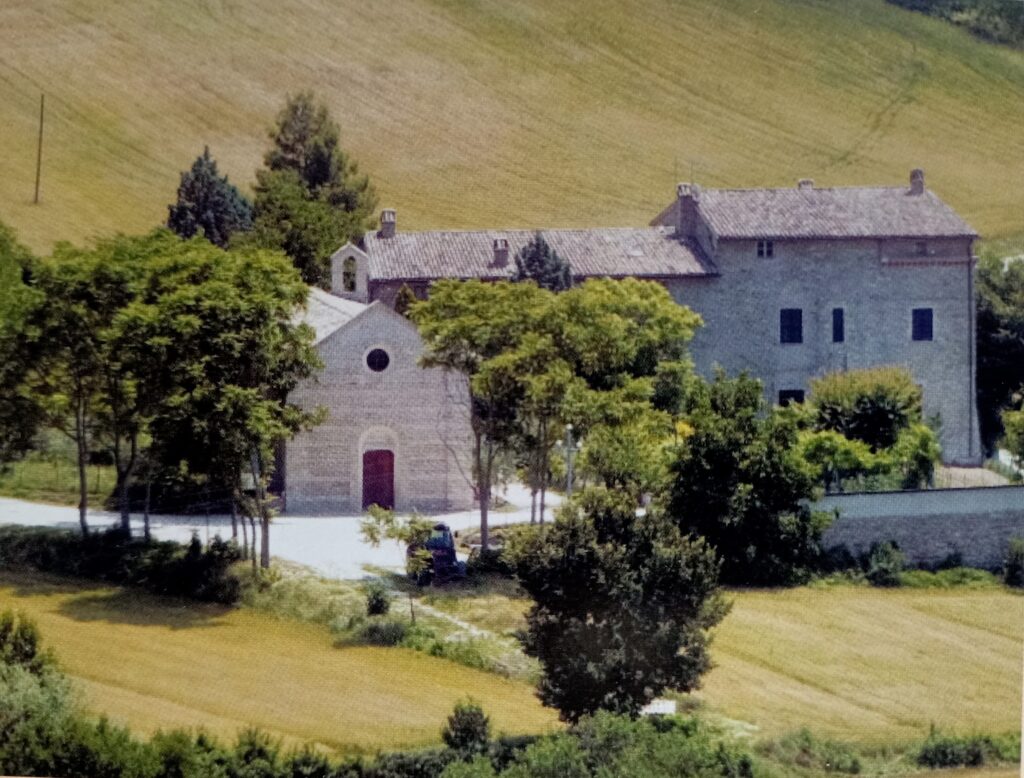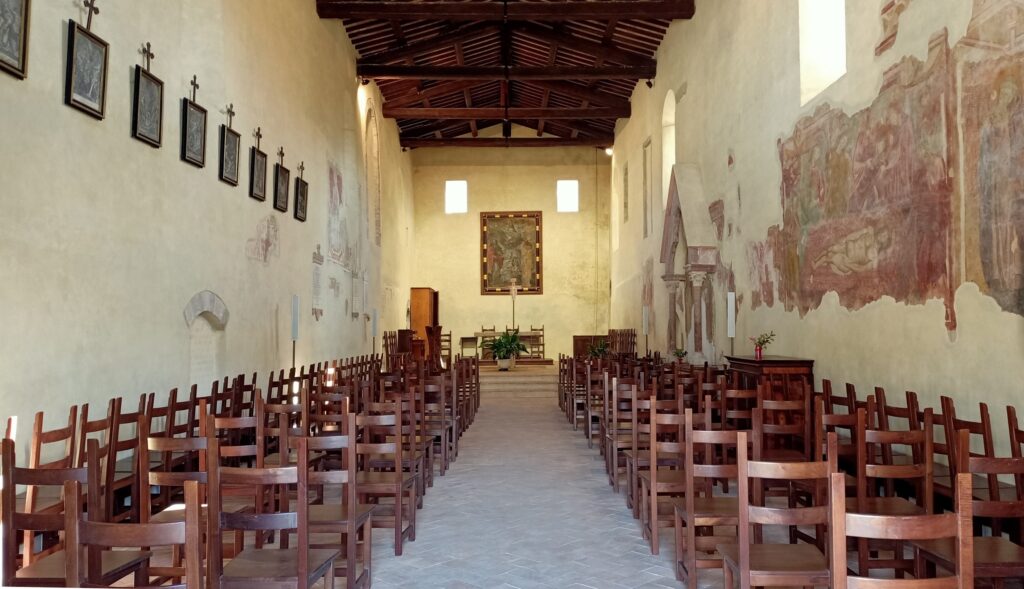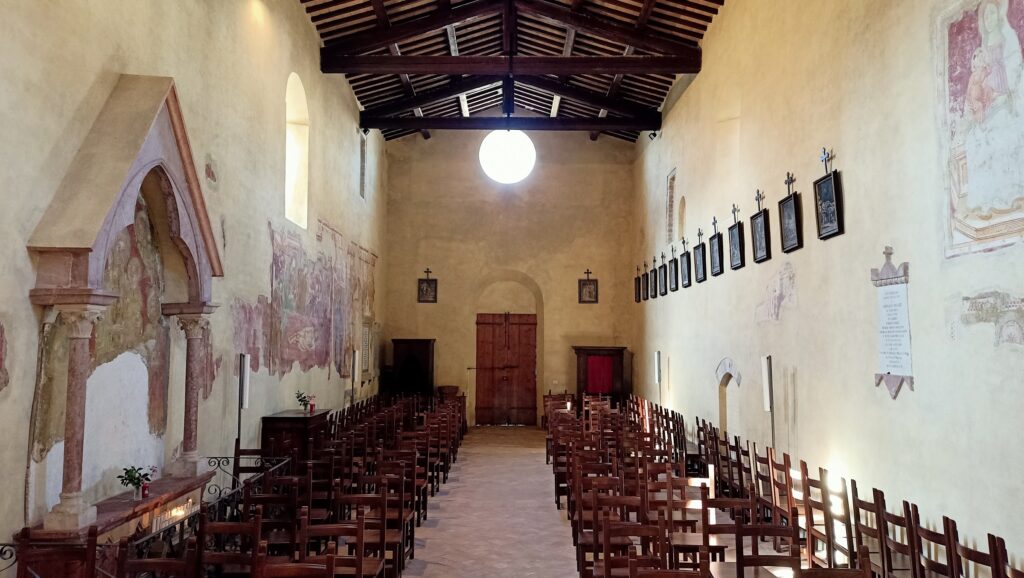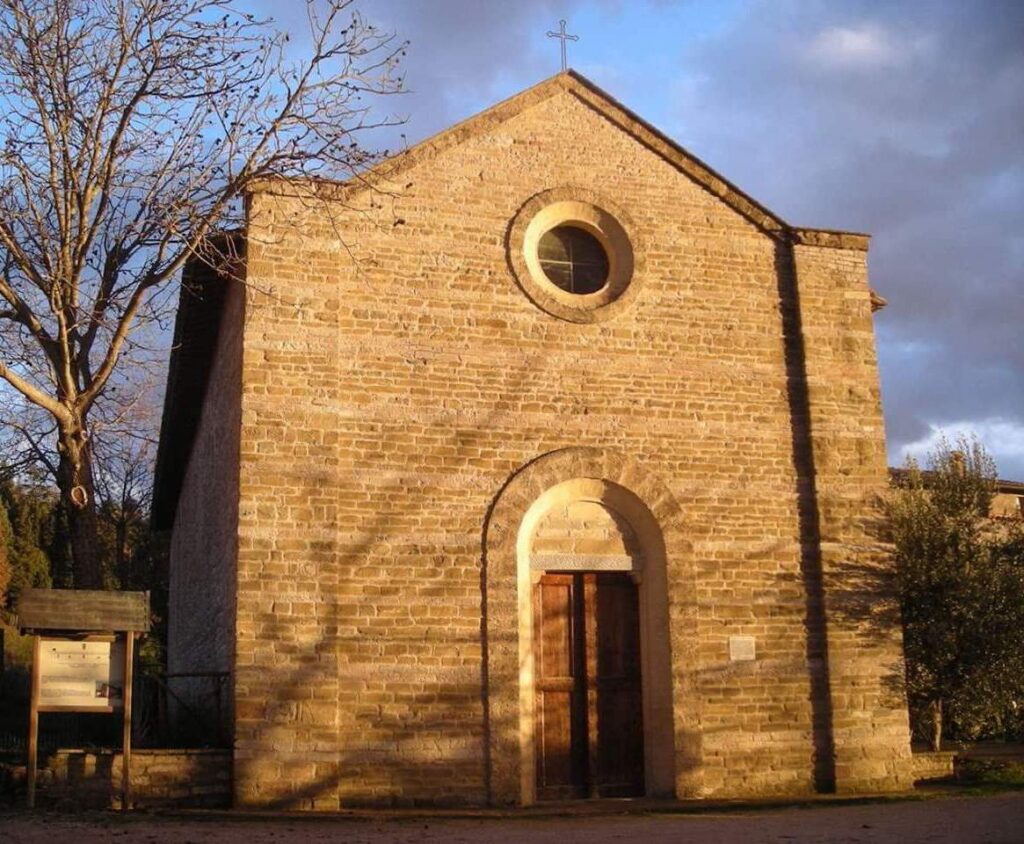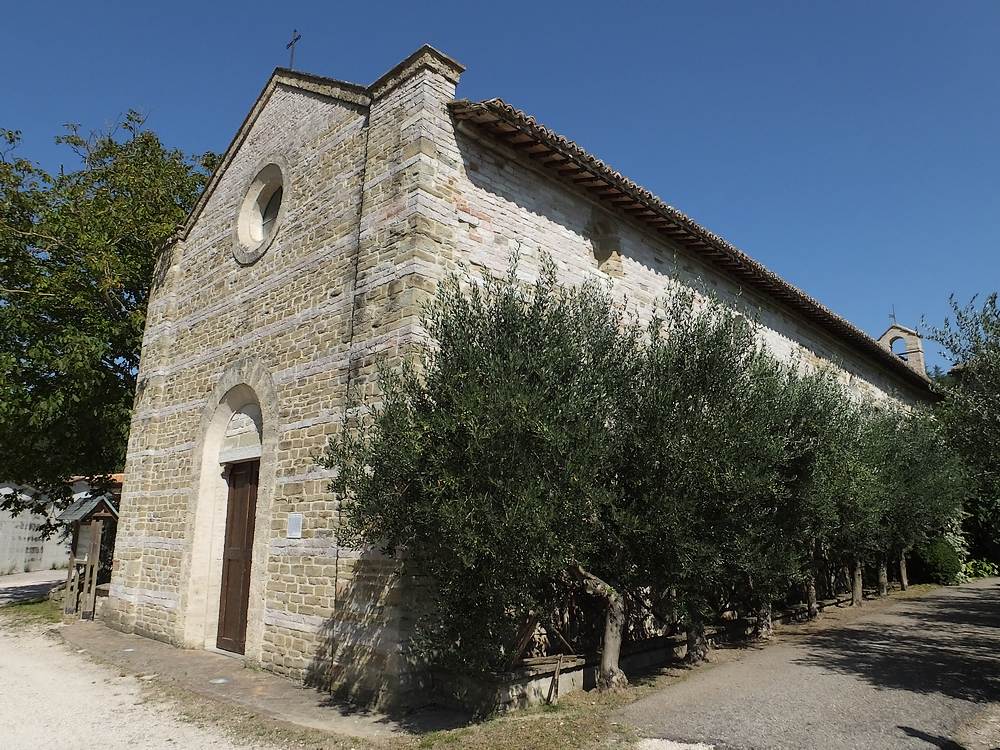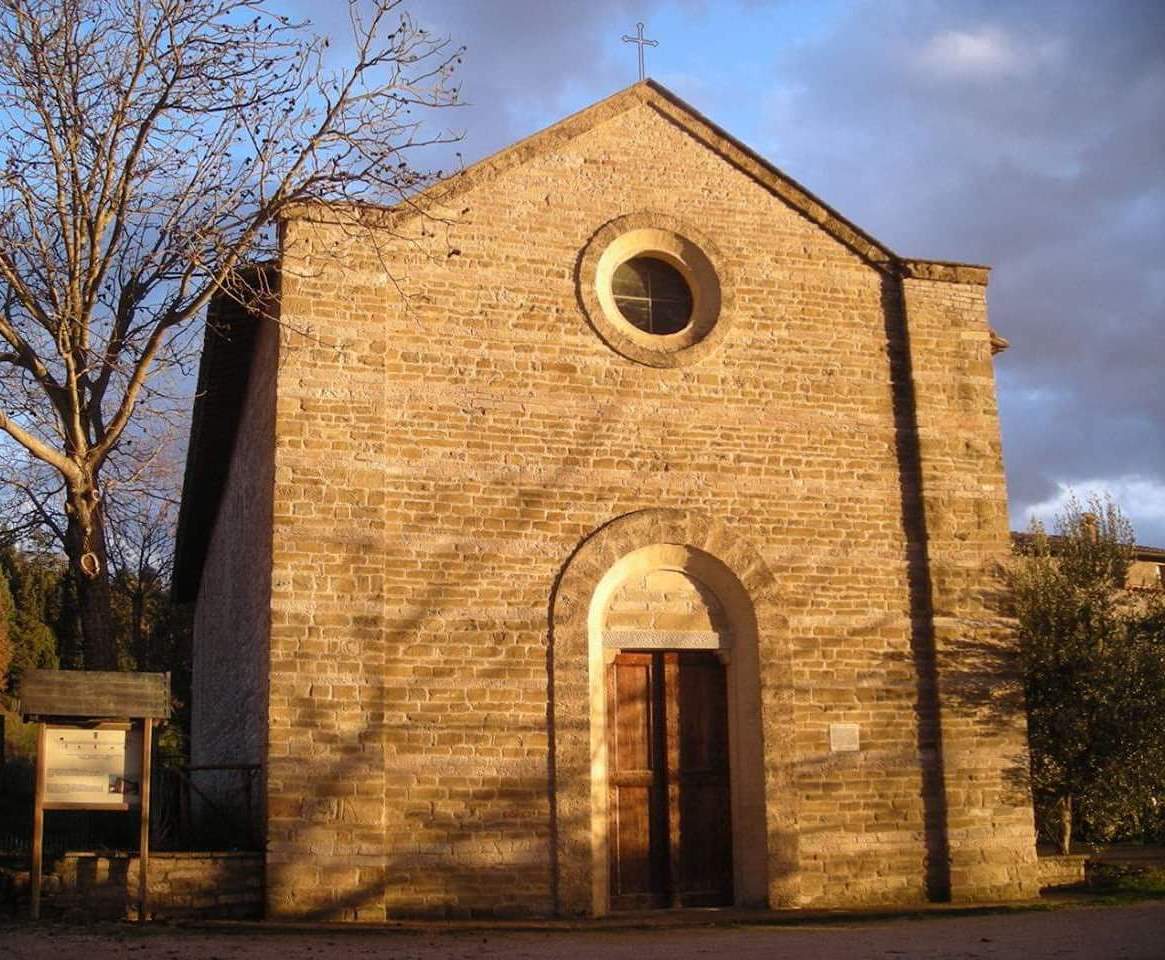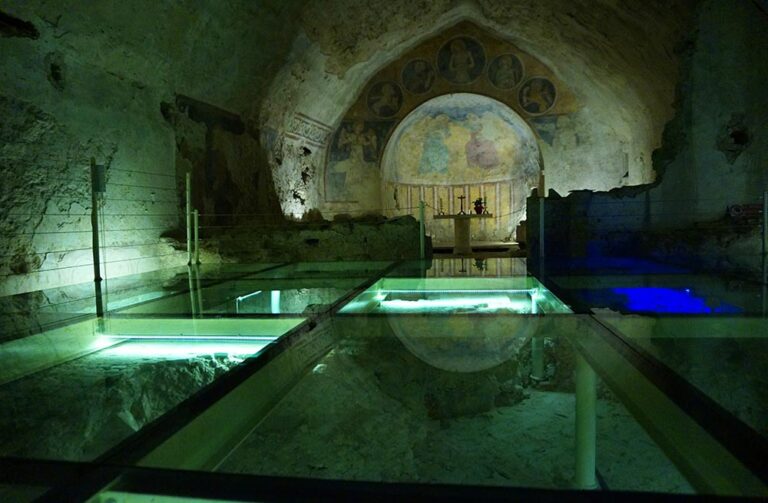Built in the early Middle Ages, the Benedictine Abbey of Santa Maria Assunta di Valfabbrica was a strategic possession in the Assisi area of the important abbey of San Silvestro di Nonantola.
In 1101, a contract established an agreement between Andrea, the monk representing the abbey of Valfabbrica, and Leto prior of the church of S. Rufino in Assisi.
Between the years 1100 and 1130 the Benedictine monks, with the motto “Ora et Labora”, with their prior Saluccio reclaimed the surrounding marshy area making it a fertile plain, thus favoring the development and importance of the monastery.
With a bull of 1168 Pope Alexander III writes that Nonantola owns a monastery in Valfabbrica (“cellam S. Marie in Fabrica”).
In 1177 the Emperor Frederick Barbarossa with an official document placed the church and the monastery (“ecclesia de Valle Fabrica Nonantule pertinet ecclesie”), plus everything connected to it (“ipsam vallem fabricam”) under his own protection.
With a bull of 1191 Pope Celestine III confirms that Nonantola has the Abbey and the courts of Valfabbrica (“ecclesiam S. Marie in Vallis Fabrica cum castellis et omnibus ecclesiis et pertinis suis”).
In 1207 St. Francis, on his first journey as a new man after the “spoliation”, left Assisi and passed through Valfabbrica and after the attack he suffered in Pioppo, he stayed for a few days in this monastery, before crossing the Chiascio river to reach Gubbio.
In 1272 the abbot Garzia of the monastery of S. Vittore di Chiusi, together with Iacubutio, count of Coccorano, and other feudal lords of Gubbio and Camerino, it is not well known with what pretext, they invaded the lands of the priory and the monastery itself, even stripping him of his personal property and papers.
In 1359 the Holy See ordered the suppression of the monastery, but the place of worship remained a parish church for seven centuries.
In 1544 the canon Benzi entrusted the monastery of S.M. Taken into the hands of the bishop of Assisi, who united it with his possessions. In fact, Pope Paul III Farnese in the same year defines the union of the assets of the former priory of Valfabbrica to the Chapter of the Cathedral of Assisi, appointing the parish priests from time to time and passing them the congruous until the suppression of 1862 of the King of Italy Vittorio Emanuele II.
The abbey complex had a real defense wall, which included the courtyard and the cloister with a still existing well.
In the Middle Ages the church had a much lower floor and near the altar it had the apse area, where today there is a transversal wall at right angles, characteristics that gave it a larger volume than the current one; in the seventeenth century the structure was modified in height, the “tribune” was demolished and windows were opened, which led to the disfigurement of some paintings.
In ancient times the walls of the church were completely frescoed and today, among the remaining artistic works, we can certainly admire the most important: the fresco of the “Lamentation over the Dead Christ”, dating back to the end of the 13th century and the only example in Umbria of the “Scuola del Cimabue “.
